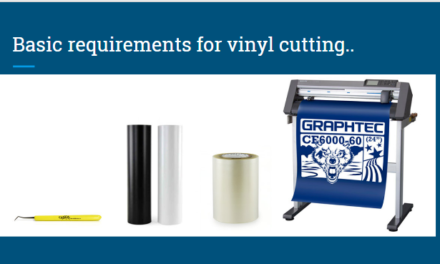SUMMARY
Here in Vigyan Ashram, composting is done on the wet waste like kitchen waste and other food waste. The wet waste is mixed with the culture for fast microbes growth to obtain a good compost. The mixing of waste and culture is done in composter designed by the DIC fellows. After 7 days a good quality compost becomes ready to use.
This waste is firstly cut into small pieces so as to improve the bacterial growth. As given above particle size is one of the major factor which affects on composting rate. We know small particles decompose quicker than larger ones, because more of the total volume is exposed to decomposers. Hence the shredding or chopping of the waste is much more necessary.
In Vigyan Ashram it was done by manually operated chopper for converting of macro agriculture waste and food waste into small easily decomposable form, which can used as organic manure. While using this chopper the operator has to continuously lift and press it for efficient for cutting. This process was little bit time consuming and also less efficient as the man is unable to chop the waste more than about 10 kg at a time. Also a man can have pain in hand and neck area due to continuous lifting and pressing the chopper. Hence mechanized low cost chopper was designed and developed to obtain the objectives.
The developed mechanized chopper consists of chopper assembly, vessel design and support structure. The chopper assembly consist of crank and connecting link to convert rotary motion to reciprocating motion. These were made from mild steel plate of length 15 cm and 23.84 cm, respectively. Chopper was made from MS tube of 25.4 mm diameter and 50 cm length with two blades of 20 x 4 cm. These three were interconnected with bearings and crank was connected to shaft of diameter 19.7 mm. Support structure was made from 1.5″ x 1″ rectangular ms tube with overall dimensions 100 x 50 x 25 cm. Required force for operation of chopper was 50 N and torque was 22.50 Nm. Therefore motor of torque 48 kgcm and chain drives of 1:3 reduction ratio was selected.
CONCLUSION
From trials it was concluded that, for manual chopping with 5 kg chopper waste and 5 kg waste, 360 strokes were required. From this conclusion it was understood that force and power requirement will 49 N and 47.12 Watts for chopping of 5 kg wet waste respectively. According to the study and experimentation results system is designed. So, 45 kg cm torque AC synchronous motor used for required power in the developed system.
The system is developed and ready for trials and performance evaluation.




